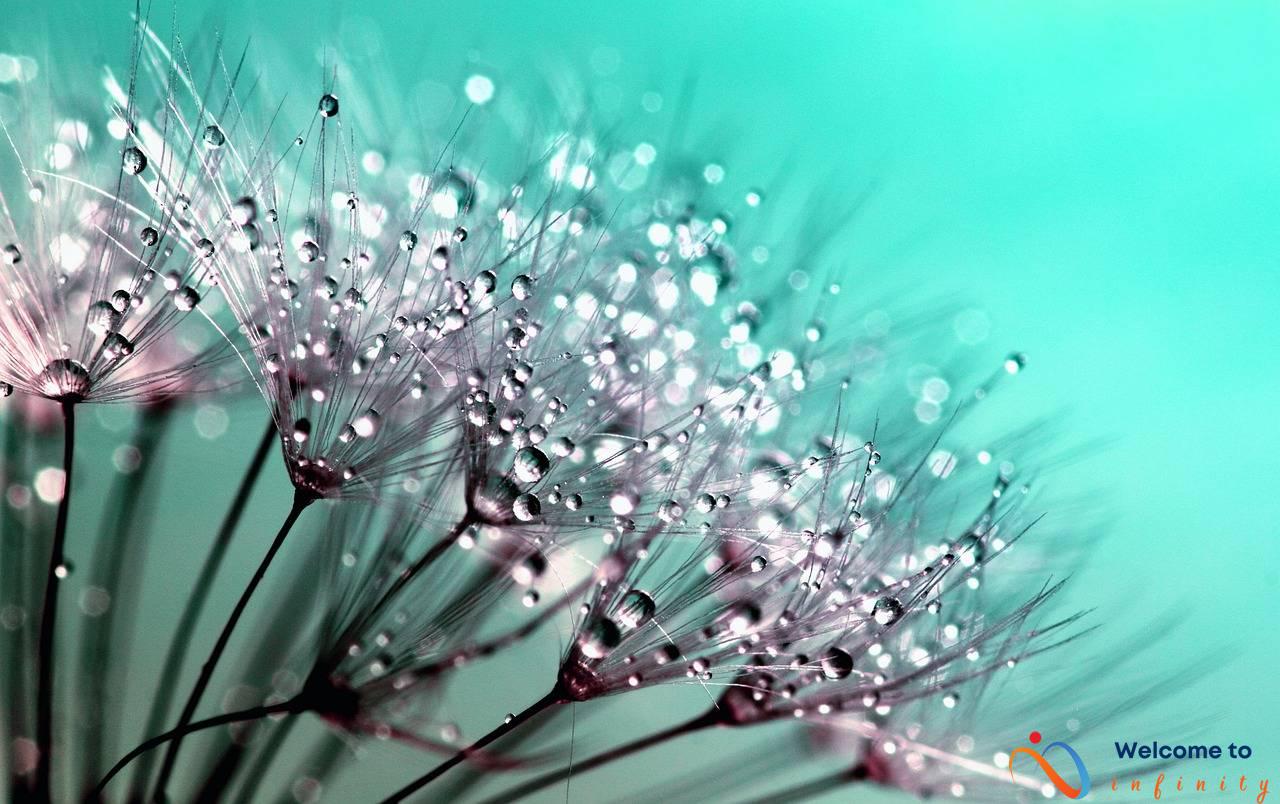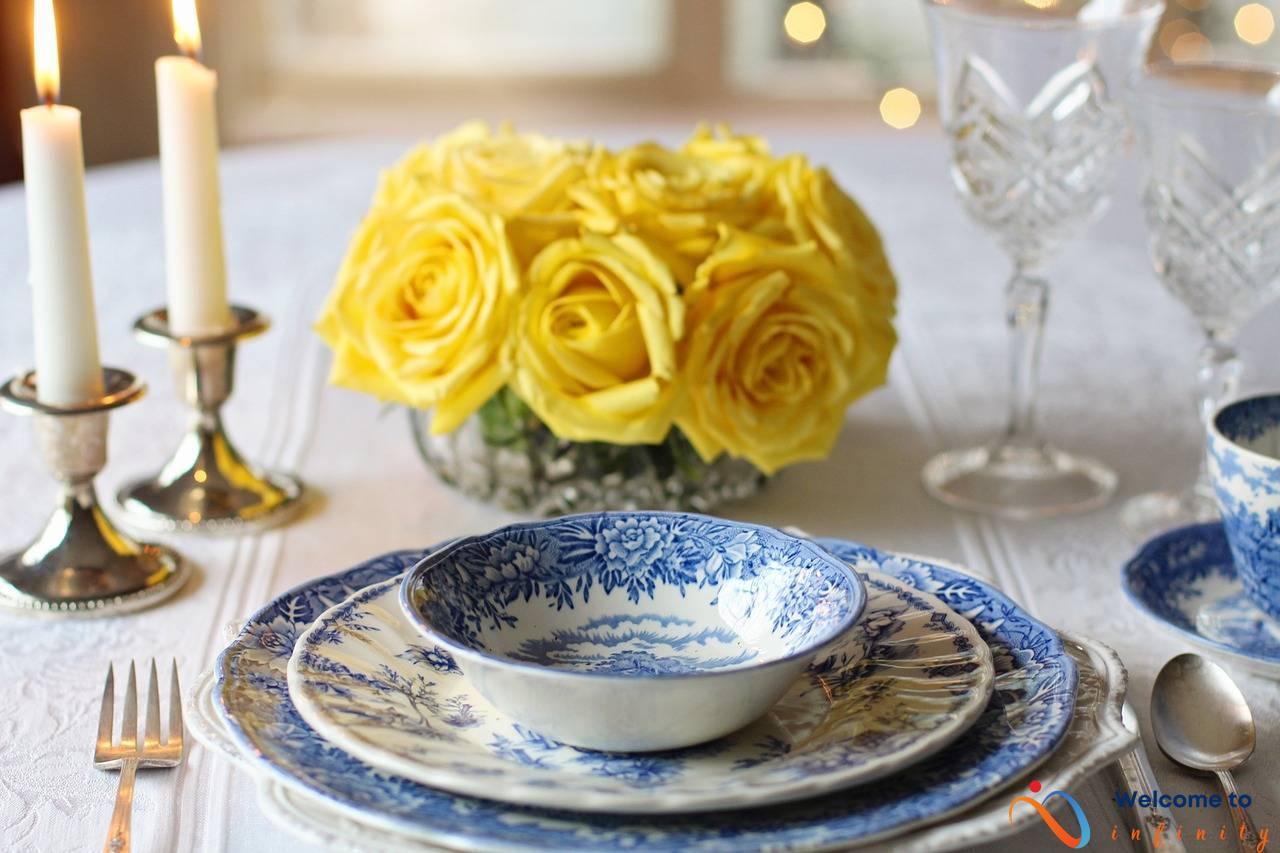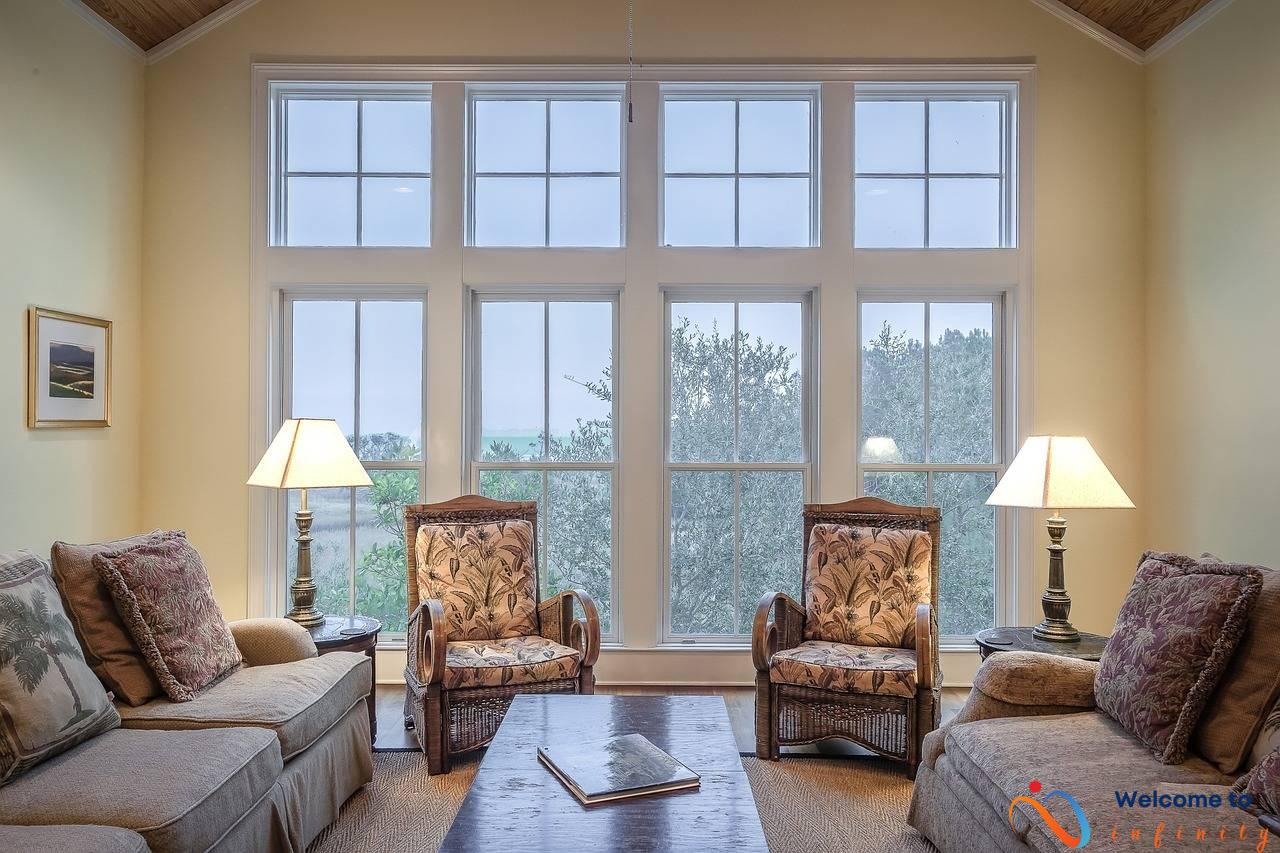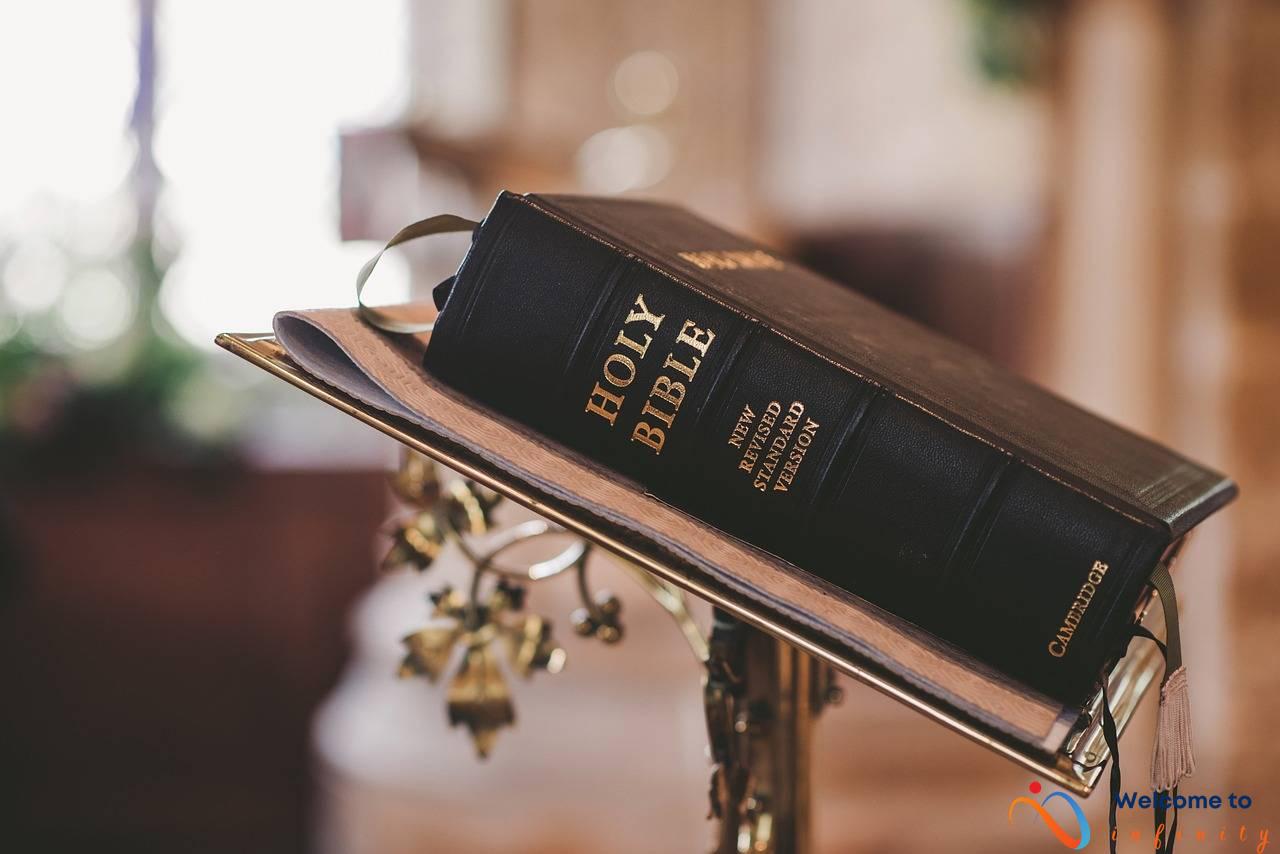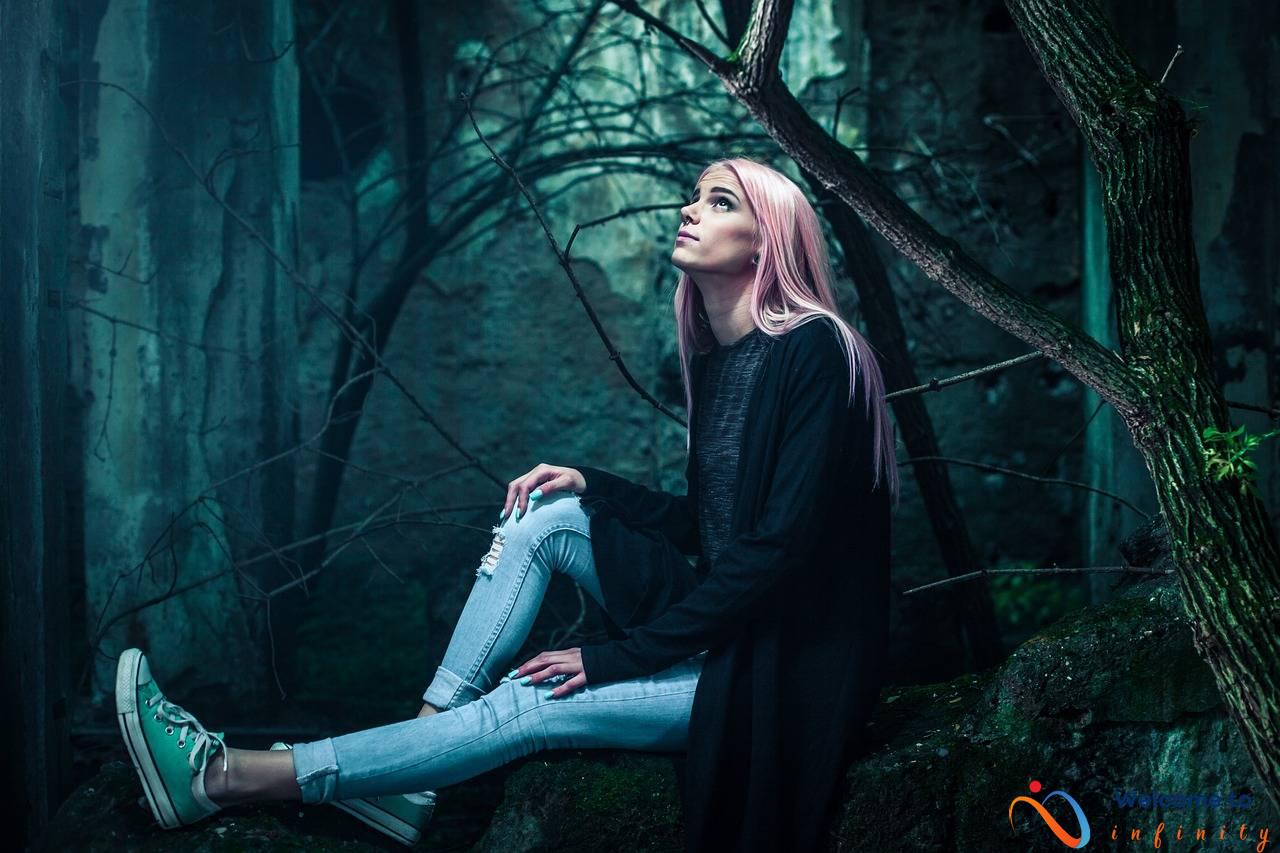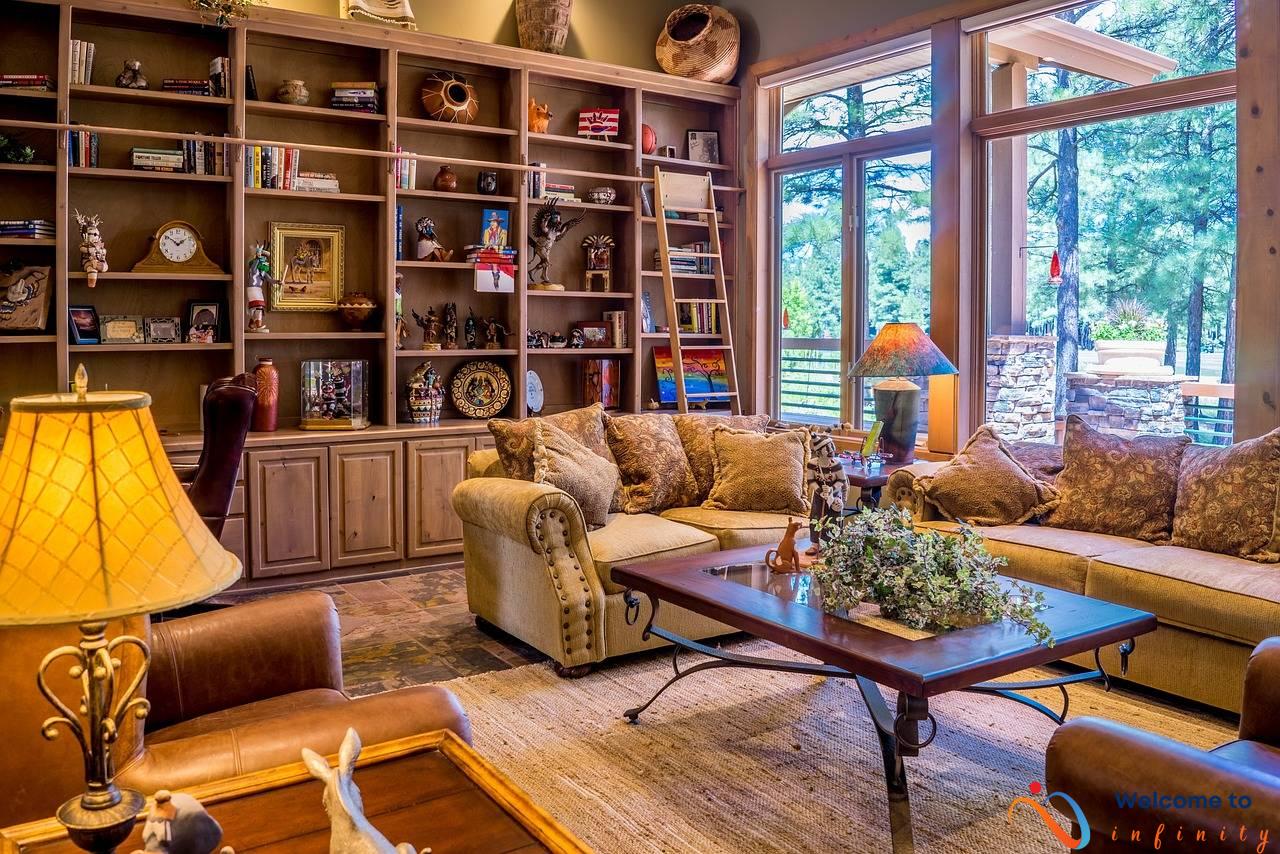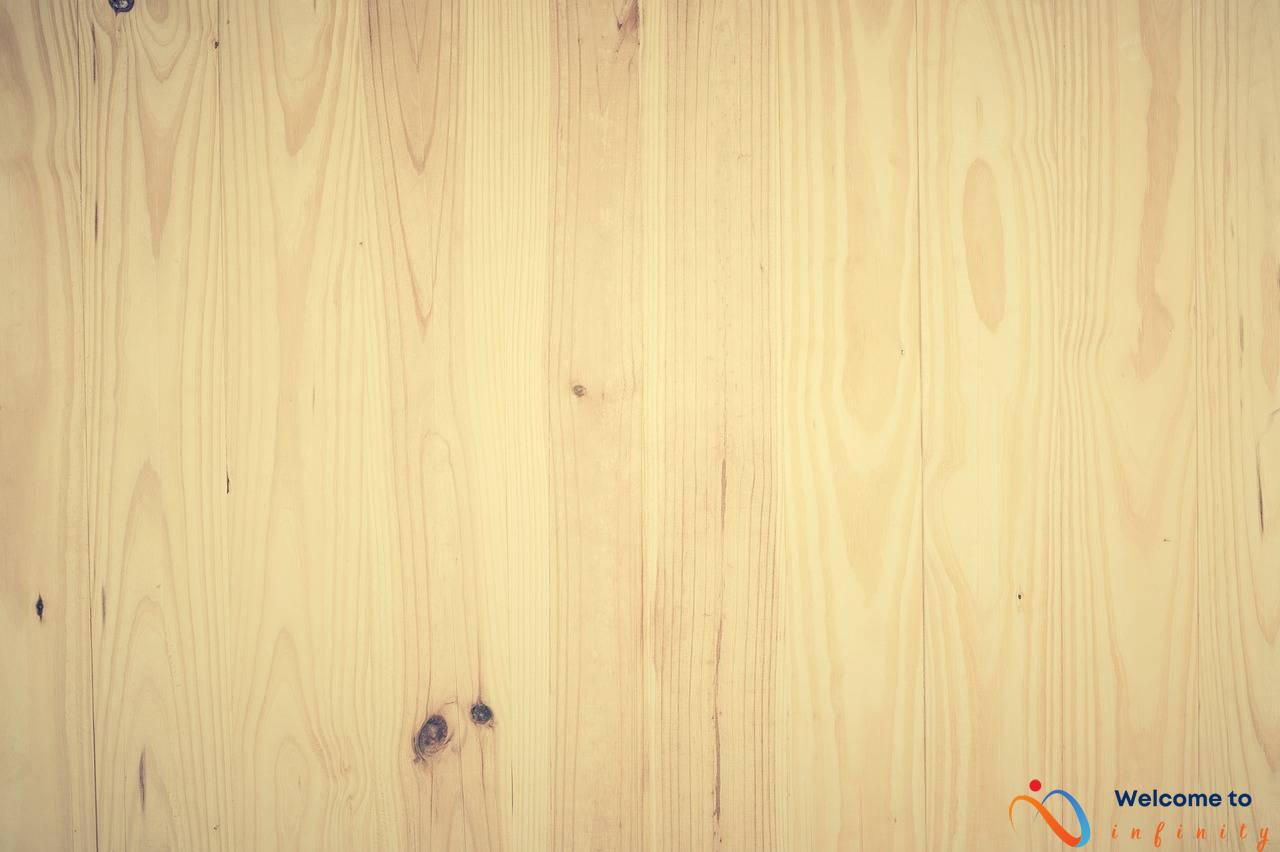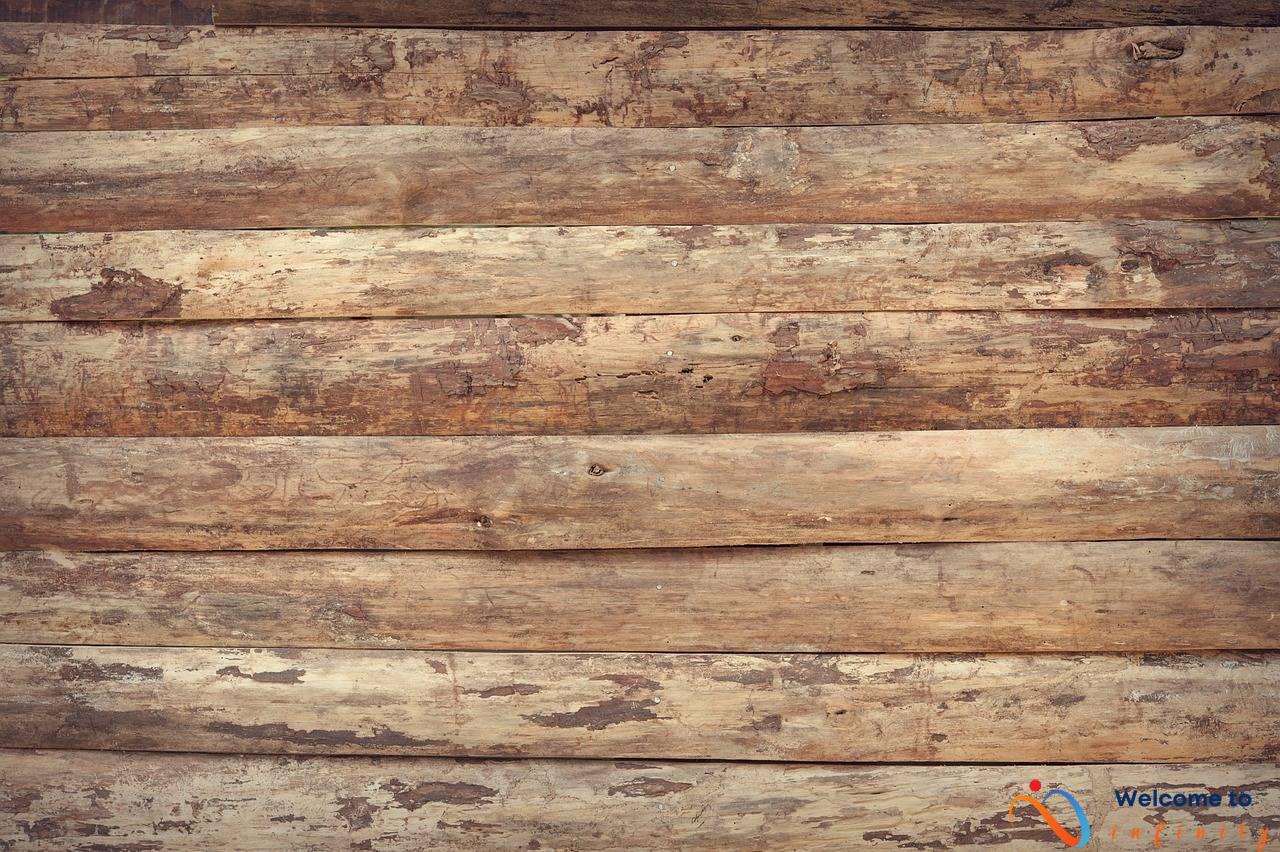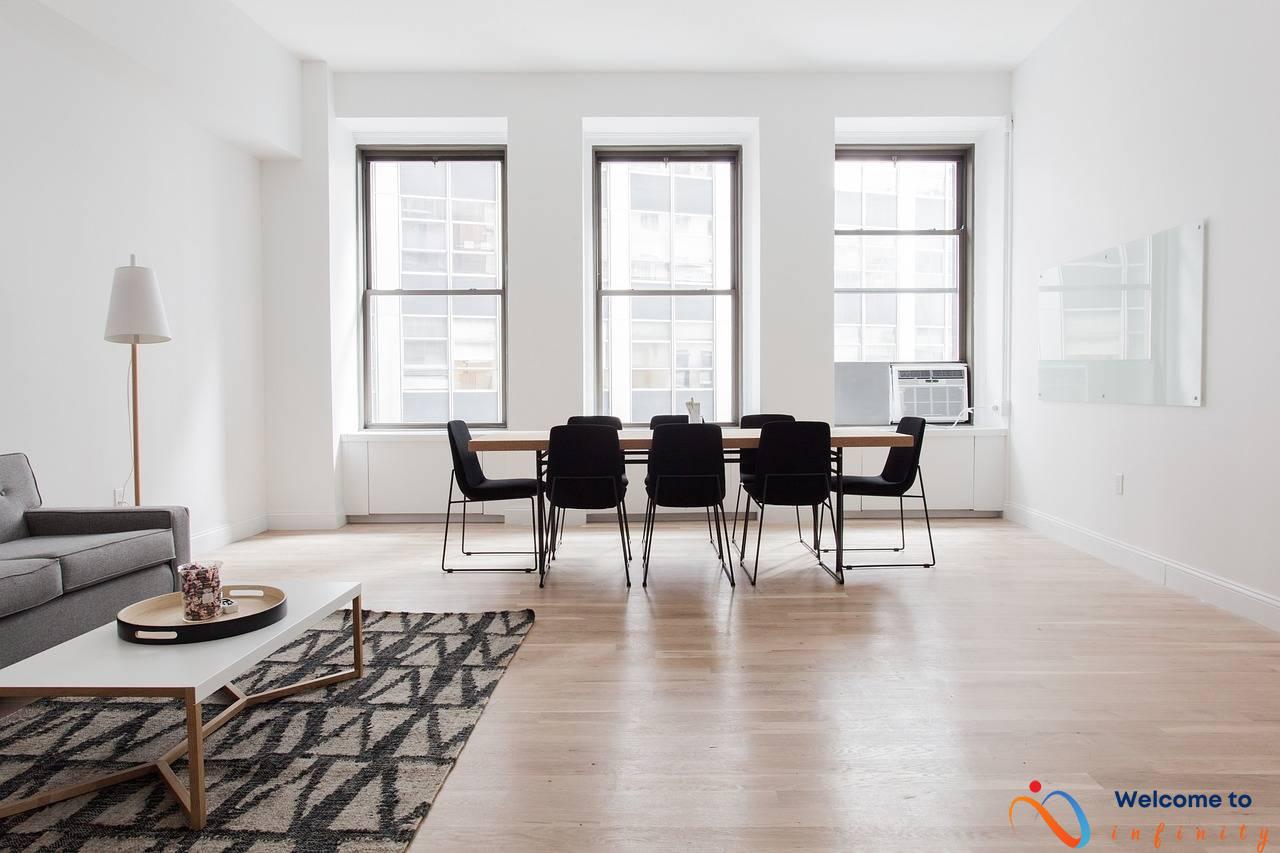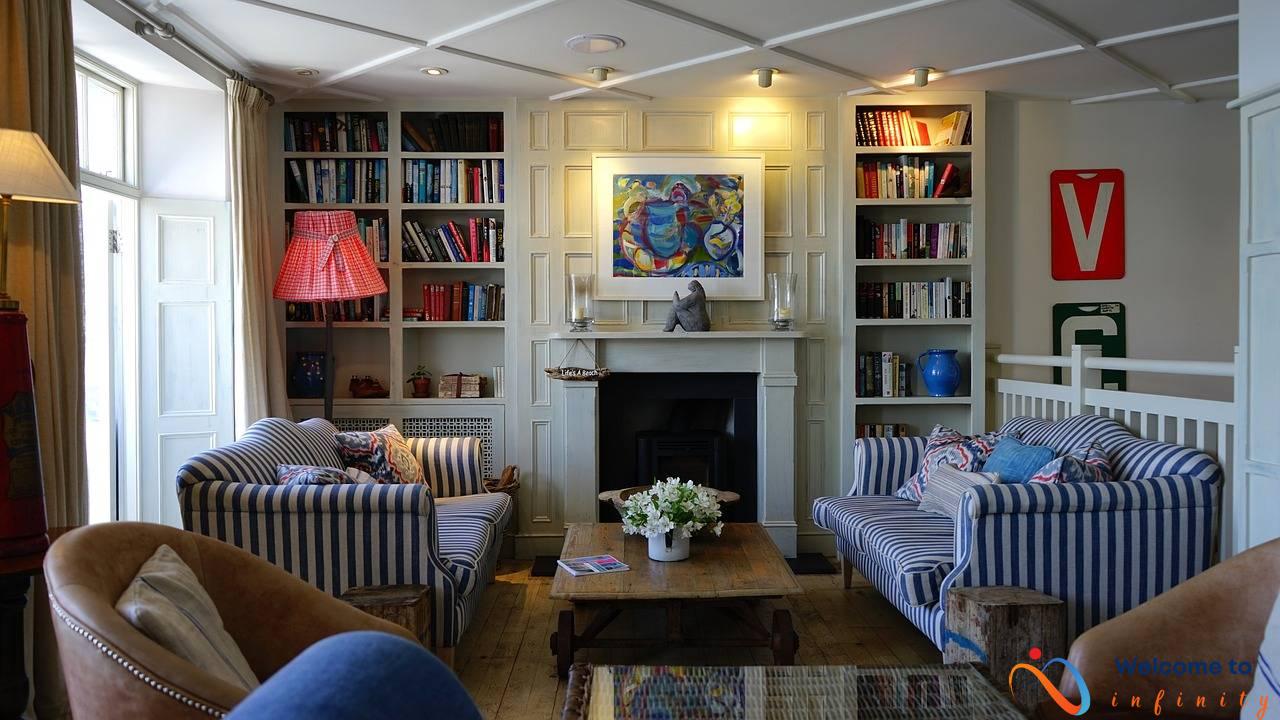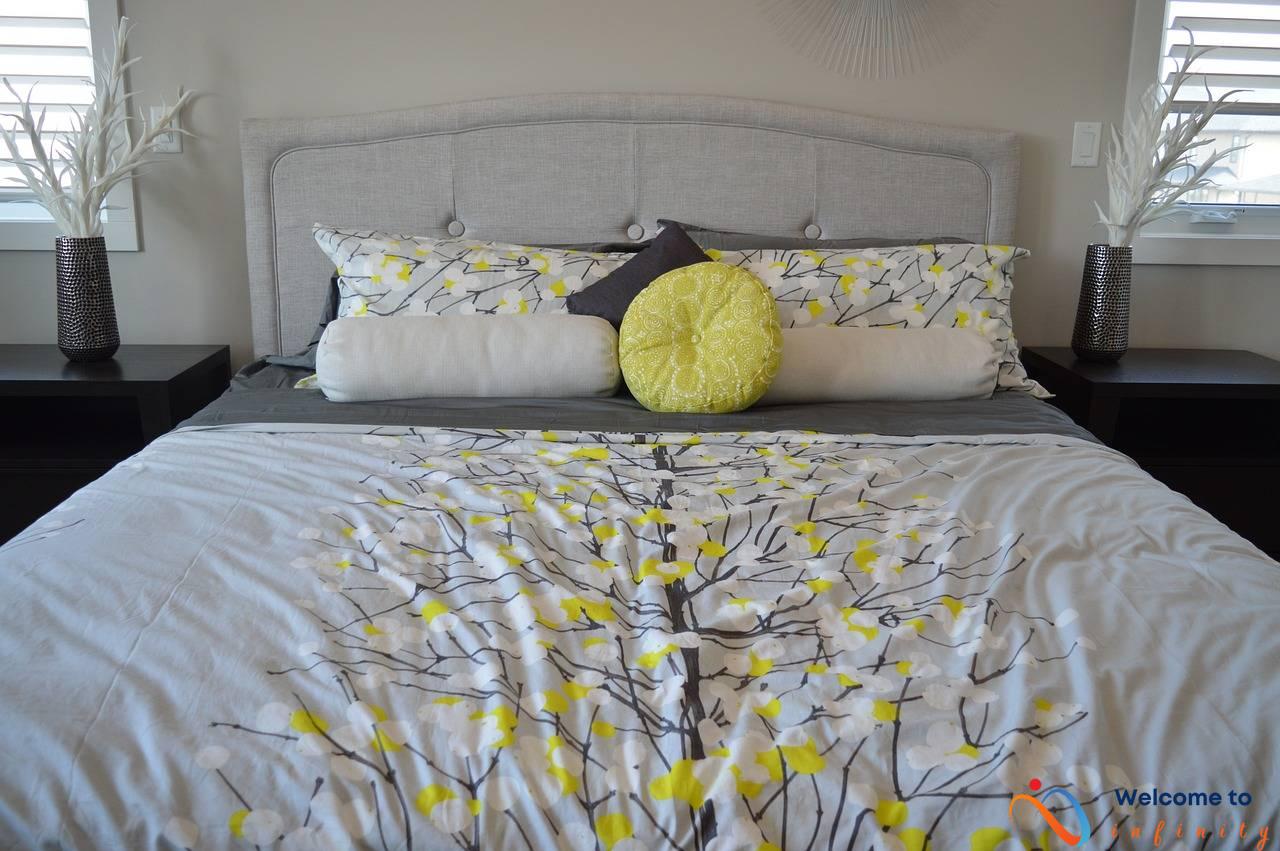Home decor has seen a rise in the popularity of incorporating retro and bohemian elements for a unique and personalized look. This trend combines the nostalgia of retro design with the creativity and colorful flair of bohemian decor styles. The result is an eclectic mix of vintage-inspired pieces, nature-inspired elements, and layering textures, all blended together to create a personalized space.
The appeal of retro decor lies in its clean lines, geometric shapes, and bright colors. Mid-century modern design is a popular choice for retro enthusiasts. This style often features furniture with iconic shapes and clean lines, like Eames chairs and tulip tables. Incorporating mid-century modern elements into your home's decor can create an eye-catching space that celebrates iconic design.
For those who prefer a touch of nostalgia, incorporating vintage decor is a great way to add personality to a modern home. Mixing and matching vintage accents like antique rugs or retro lighting fixtures can create an eclectic atmosphere and add a sense of history to your decor.
Bohemian decor is all about creativity, color, and texture. Layering textures is a hallmark of boho-inspired design, and mixing various fabrics, patterns, and textures can create a space that feels both warm and inviting. Nature-inspired elements are also important in bohemian design, as seen in the use of rattan, woven textiles, and potted plants that bring the outdoors inside.
The real art of eclectic design is in combining the retro and bohemian decor styles. choosing a color palette that harmonizes various design elements is important in creating a cohesive look that reflects your personal style. Mixing and matching seemingly disparate decor elements, such as a vibrant kilim rug paired with a mid-century modern chair, can create a uniquely boho-inspired space that celebrates retro design with a modern twist.
The Rise of Retro
The interior design world is experiencing a resurgence of retro style, with many homeowners opting for a blast from the past. With the comeback of retro design, the focus is on sleek lines, earthy colors, and unconventional shapes that together create a unique aesthetic that stands out from the crowd.
The popularity of retro design can be attributed to its timeless quality and the playful yet sophisticated atmosphere it creates. Mid-century modern design, which features clean lines and simple forms, has been particularly popular in recent years, thanks to its elegant minimalism that fits into any setting. Retro styles from the 60s and 70s are also increasingly popular, featuring bold prints, bright colors, and funky shapes that exude energy and fun.
Incorporating retro design into your home can be easily accomplished by adding a few statement pieces. An Eames lounge chair or a shag rug can make a big impact in a room without overwhelming the space. Mixing retro with modern elements can also create an eclectic and unique look that is both stylish and personal.
- Use a statement retro piece as the focal point of a room
- Mix retro and modern elements for an eclectic look
- Play with texture and color to create a unique atmosphere
With the rising popularity of retro decor, it's clear that it is here to stay. By adding a touch of classic design to your space, you can create a timeless and stylish look that will never go out of fashion.
Mid-Century Modern
Mid-century modern design is a popular decor style that originated during the 1950s and 1960s and continues to be a favorite among homeowners today. Its appeal lies in its simplicity, functionality, and sleek lines, which create a timeless look that is both sophisticated and comfortable.
To incorporate mid-century modern design into your home, start by focusing on furniture pieces that are characterized by clean lines and organic shapes. Look for pieces made from natural materials like wood, leather, and metal. Sofas and chairs with tapered legs and low profiles are also common features of mid-century modern furniture.
When it comes to color, mid-century modern spaces often feature a bold color palette of oranges, greens, and blues. However, incorporating neutral colors like white, black, and gray can also produce a sophisticated and elegant look. Don't be afraid to mix in pops of color through accent pieces like throw pillows or artwork.
Finally, think about the finishing touches that bring your mid-century modern theme to life. Lighting is an important element in this design style, and unique lamps or pendant lights can create a focal point in any room. Wall art and other decor should also reflect the clean lines and bold colors of mid-century modern design.
- Choose furniture pieces with clean lines and organic shapes made from natural materials like wood, leather, and metal.
- Incorporate a bold color palette featuring oranges, greens, and blues, along with neutral hues like white, black, and gray.
- Add finishing touches like unique lighting fixtures and wall art that reflect mid-century modern design elements.
By incorporating mid-century modern design elements into your home, you can create a space that is both stylish and functional, while also nodding to the design trends of the past.
Vintage Accents
Incorporating vintage accents can add a touch of nostalgia and personality to any modern home. Here are some tips for incorporating vintage pieces into your home décor:
- Start small: When adding vintage pieces to your home décor, it's important to begin with a small item like a unique lamp or vase. This will give you an idea of how the piece will blend with your existing décor.
- Use Vintage Textiles: Incorporating vintage textiles like a rug or throw can add a cozy and warm feel to a room.
- Revamp Old Furniture: Consider revamping old furniture by giving it a fresh coat of paint or reupholstering it with a modern fabric.
- Showcase Collections: If you have a collection of vintage items, create a display by grouping them together on a shelf or mantle.
By incorporating vintage pieces into your home décor, you can add a unique and personal touch to your space. Whether it's a piece of furniture, a textile, or collectibles, vintage pieces can bring a sense of nostalgia and warmth to your modern home.
The Call of Bohemia
The bohemian decor trend, or boho-chic, has taken the interior design world by storm with its free-spirited and eclectic style. Boho decor is all about embracing individuality and creativity, with an emphasis on color, texture, and pattern.
At the heart of bohemian decor is a desire to create a space that is warm, inviting, and reflective of the owner's personality. This style is all about breaking rules, mixing and matching unexpected pieces, and layering textures to create a space that is both cozy and visually stimulating.
- To incorporate bohemian elements into your home, start by layering textures such as cozy throws and patterned rugs. Mix and match fabrics with different textures like velvet, linen, and wool.
- Another way to create a bohemian vibe is by incorporating natural elements like plants, woven baskets, and wood accents. Consider adding potted plants to your space or decorating with natural wood furniture pieces.
- Don't be afraid to mix patterns and colors! Boho-chic is all about embracing bold prints and vibrant hues. Consider pairing a colorful tapestry with an eclectic mix of patterned throw pillows and a shag rug for a cozy, bohemian-inspired vibe.
When it comes to creating a bohemian-inspired space, the sky's the limit. Embrace your inner free spirit, and have fun mixing and matching different elements to create a space that is uniquely yours.
Layering Textures
Layering textures is a key element of boho-inspired home decor, which focuses on creating a cozy, eclectic, and inviting atmosphere. Mixing and matching different fabrics, patterns, and textures adds depth and character to a space while creating a tactile experience. One tip to achieve this look is to start with a neutral color palette and layer on different textures, gradually introducing pops of color.
For example, you might start with a white linen couch and add a woven throw pillow and a fur rug for texture. Then, you could incorporate a colorful patterned rug and add velvet curtains for a touch of luxury. Mixing textures also means playing with different weights and finishes. Pairing a chunky knit blanket with a smooth velvet cushion or a shaggy rug with a sleek leather pouf can create an interesting contrast that is both visually appealing and practical.
When layering textures, it's important to strike a balance between too much and too little. While you want to create a cozy and inviting space, overloading a room with too many textures can feel overwhelming and cluttered. As a rule of thumb, aim for three to five textures per room, making sure that they complement each other in terms of color and style.
Incorporating textures into your decor doesn't just mean adding soft furnishings like throws and cushions. You can also introduce texture through wall art, lighting fixtures, and even wall finishes. A macrame wall hanging or a rattan pendant light can instantly add a boho vibe to a room, while a stucco or brick wall can create a rustic yet sophisticated look.
Ultimately, layering textures is about creating a sense of depth and personality in your home. Don't be afraid to experiment with different textures and mix and match until you find a combination that feels both comfortable and stylish. By incorporating different fabrics, patterns, and finishes, you can turn your living space into a cozy and boho-inspired oasis.
Nature-Inspired Elements
Nature-inspired elements in home decor can create a sense of calm, serenity, and relaxation. By bringing the beauty of the outdoors inside, you can create an inviting and cozy atmosphere that feels like a peaceful escape from the hustle and bustle of daily life. One way to incorporate nature-inspired elements into your home decor is by using natural materials like rattan, woven textiles, and potted plants.
Rattan furniture and accessories are a popular choice for adding a touch of nature to your home decor. This versatile material is lightweight, durable, and looks stunning in both modern and traditional homes. You can use rattan chairs, baskets, and lampshades to create a Bohemian vibe. Woven textiles like jute or cotton can add a cozy and organic feel to any room. These textures also offer the added benefit of being environmentally friendly. Pairing them with rattan pieces can create a cohesive and beautiful design.
Potted plants are yet another way to bring the outdoors inside. Indoor plants not only add color and vitality to your home, but they also improve air quality and reduce stress levels. Some of the best indoor plants for your home include succulents, Ferns, Snake Plants, and Fiddle Leaf Figs. You could create a feature wall with a large collection of potted plants, or you could line windowsills and tables with smaller plants.
In conclusion, nature-inspired elements make an excellent addition to any home decor, and the best part is that they are easy to incorporate. By adding rattan furniture or accessories, woven textiles, and potted plants, you can create a warm and inviting space that brings a touch of nature indoors. These elements work particularly well with bohemian or retro home decor styles, but they can be incorporated into any design style. Experiment with different materials and plant species to create a unique and beautiful indoor oasis.
The Art of Eclecticism
The art of eclecticism involves the skilled combination of retro and bohemian elements to create a cohesive and personalized home design. To achieve this, it's important to first choose a color palette that harmonizes different design elements. This may involve selecting a neutral base color and adding pops of bold hues or creating a monochromatic color scheme with varying shades and tones.
Mixing and matching decor is also key in creating an eclectic, boho-inspired look. This may involve pairing a mid-century modern sofa with a vintage rug or displaying a collection of eclectic art pieces on an accent wall. The key is to have fun and experiment with what works best for your personal style and home.
Incorporating natural elements is also an important aspect of boho and retro design. Bringing the outdoors inside with natural materials like woven textiles, rattan furniture, and potted plants can add both texture and warmth to your space.
When combining two different design styles, it's important to find elements that are complimentary rather than competing. For example, if you have a retro-inspired accent wall, consider pairing it with bohemian-inspired textiles and decor to create a balanced and cohesive look.
Overall, the art of eclecticism requires a keen eye for design and an adventurous spirit. By combining retro and boho decor styles, you can create a personalized and unique space that expresses your personal style and interests.
Choosing a Color Palette
Choosing a color palette is an essential aspect of creating a unique and personalized home decor. The right color scheme can harmonize different design elements, add depth and texture to a space, and express your personality. Here are some tips to help you create a color palette that complements your boho and retro decor:
- Start by identifying a color that inspires you, such as a favorite piece of artwork or clothing item. Use this color as a base and build your palette around it.
- Consider using a neutral color, such as white or beige, as a backdrop to highlight your decor elements and artwork.
- Experiment with different shades and tones of your chosen color to create depth and interest in your space.
- Use color to create contrast and balance, such as pairing a bold color with a softer hue or adding pops of bright colors to a neutral space.
- Don't be afraid to mix and match different colors and patterns. Boho decor embraces a vibrant and eclectic style, so feel free to play around with different combinations until you find what works for you.
Remember, the key to creating a successful color scheme is to have fun and express your personal style. By following these tips and experimenting with different combinations, you can create a boho and retro-inspired space that is truly unique and reflective of your personality.
Mixing & Matching Decor
If you're looking to create an eclectic, boho-inspired look in your home, mixing and matching decor is key. While the idea of combining different design elements may seem daunting, it can actually be a fun and creative process. Here are some tips to help you get started:
- Play with pattern: Mixing different patterns can add visual interest to a space. Try pairing a floral rug with striped throw pillows, or a geometric print with a more organic design.
- Experiment with textiles: From velvet to macrame, textiles can add depth and texture to a room. Don't be afraid to mix and match different fabrics and materials for a boho-inspired feel.
- Layer in vintage finds: Vintage pieces can add character and charm to a space. Incorporate items like an antique mirror or a mid-century side table for a touch of nostalgia.
- Add greenery: Bringing in plants and other organic elements can help create a more relaxed and natural feel. A hanging macrame planter or potted succulent can add a boho touch to any room.
When mixing and matching decor, it's important to keep a few things in mind. First, focus on creating a cohesive color scheme. Even if you're mixing different patterns and textures, using a consistent color palette can help tie everything together.
Second, choose one or two statement pieces to anchor the room. This could be a bold, patterned rug or a unique piece of art. Everything else in the room should complement these statement pieces, rather than compete with them.
Finally, don't be afraid to break the rules. The beauty of boho style is that it's all about individuality and self-expression. If you love a certain piece of decor, even if it doesn't seem to “fit” with the rest of the room, go for it. Mixing and matching decor is all about embracing your personal style and creating a space that truly feels like home.

